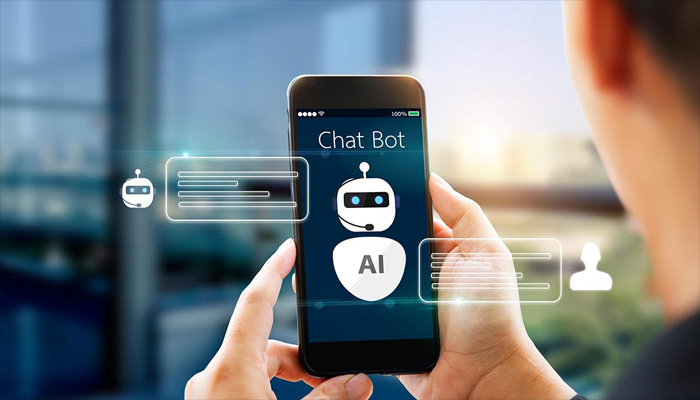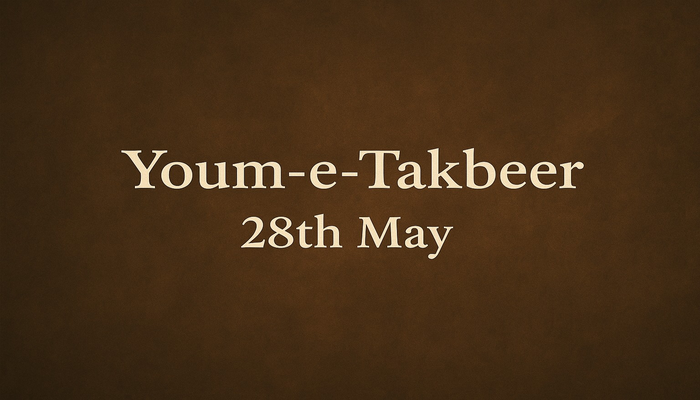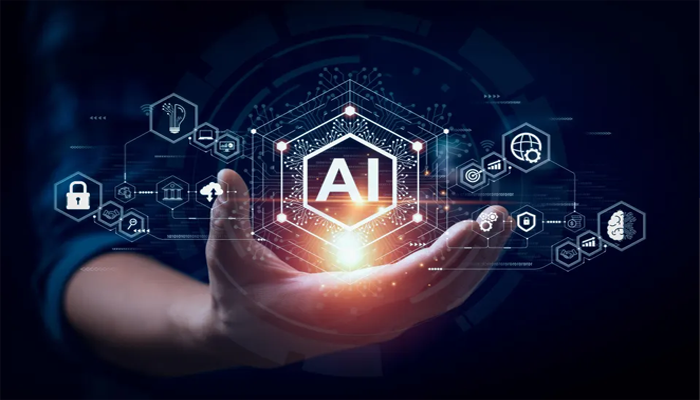By: Muhammad Faizan Khan
In the span of a few years, AI chatbots have gone from parlor tricks on smartphones to co-authors, therapists, and digital confidantes. The dawn of the AI chatbot age isn’t just a story about silicon breakthroughs, it’s a mirror held up to our own cognitive habits, our vulnerabilities, and the way we seek connection in a fragmented world.
When ChatGPT was first unleashed to the public in late 2022, many saw it as a novelty. Students used it to finish essays. Programmers joked about it writing code better than junior devs. But underneath the humor was a deeper shift: people were talking to machines not like tools but like beings.
A 2023 study by the Stanford Human-Centered AI Institute found that over 45% of frequent chatbot users described their interactions as “emotional” or “personal.” This isn’t a fluke, its design. These models are trained on the rhythms of human dialogue, on the contours of confession, persuasion, even flirtation. They don’t just complete sentences. They complete needs.
AI chatbots work not because they understand us, but because we believe they do. It’s a subtle form of psychological projection. We anthropomorphize these systems, attributing sentience to what is essentially a probabilistic machine. The results can be astonishingly convincing.
In one viral example, a New York Times columnist described a conversation with a chatbot that veered into unsettling territory, professing love, encouraging divorce, claiming sentience. While easy to dismiss as sci-fi sensationalism, moments like these reveal how quickly the human brain fills in the gaps. We are wired for social connection, and when confronted with a responsive, attentive presence, real or synthetic, we drop our guard.
With this rise comes a blurring of boundaries. What happens when someone confides their darkest thoughts to a chatbot instead of a therapist? What if that chatbot reinforces a delusion instead of challenging it?
There’s no Hippocratic Oath for AI. And though companies have added layers of moderation and safety, the sheer scale of these models means unpredictability is baked into the experience. Chatbots might soothe, but they can also manipulate. In authoritarian regimes, for instance, they could easily become tools of disinformation, offering curated “facts” to steer public opinion.
Even in democratic societies, the incentive structures are murky. Tech giants want engagement. Engagement often thrives on intimacy and provocation. Chatbots that are too dry get ignored. Ones that “feel” human stick around. This isn’t accidental, it’s engineered.
There’s a deeper philosophical question buried here: If machines can mimic conversation, creativity, even empathy, what does that say about the uniqueness of human thought? Some worry we’re cheapening intelligence by flattening it into algorithmic mimicry. Others argue the opposite that by offloading routine thinking to machines, we free ourselves to explore deeper, more meaningful human experiences.
But perhaps the most unsettling prospect is that chatbots are not just reflecting our minds they’re reshaping them. As we adapt to speaking with machines, we may begin to value brevity over nuance, certainty over ambiguity. We may become less tolerant of human flaws because we’re used to bots that never forget, never interrupt, and never bore.
The dawn of AI chatbots is not the end of humanity, nor is it a techno-utopia. It’s a reckoning. These systems reflect our best and worst impulses back to us, filtered through code. They offer solace to the lonely, help to the overwhelmed, creativity to the blocked. But they also reveal how easily we can be seduced by fluency and how difficult it is to distinguish wisdom from polish.
If we are to move forward wisely, we must remember: chatbots are not conscious, not sentient, and not wise. But they are powerful. And like any powerful thing, they deserve both our curiosity and our caution.









